Thermocapillary Convection on Melting Phase Change Material (PCM)
$140.00 $70.00 Student Discount
- This product uses ANSYS Fluent software to investigates the effect of thermocapillary convection on the melting and deforming processes of a Phase Change Material (PCM) subjected to local heating
- The VOF method tracks the deformable liquid-gas interface
- Thermocapillary convection is modeled by including a volumetric source term in the momentum equation
- Enthalpy-Porosity Method models the melting process
- The geometry is designed using SpaceClaim, and the meshing is performed using Ansys Meshing, with 47,500 cells.
To Order Your Project or benefit from a CFD consultation, contact our experts via email (info@mr-cfd.com), online support tab, or WhatsApp at +44 7443 197273.
There are some Free Products to check our service quality.
If you want the training video in another language instead of English, ask it via info@mr-cfd.com after you buy the product.
Description
Description:
This product uses ANSYS Fluent software to investigate thermocapillary convection’s effect on the melting and deforming processes of a Phase Change Material (PCM) subjected to local heating.
The PCM represents a simplified model of a polymer-coated electric wire exposed to fire conditions. The goal is to understand how thermocapillary convection, a phenomenon driven by surface tension gradients due to temperature differences, affects the melting speed and deformation behavior of the PCM.
The geometry is designed using SpaceClaim, and the meshing is performed using Ansys Meshing, with 47,500 cells.
Methodology:
The study employs a two-dimensional numerical model using the finite volume method. The governing equations for mass, momentum, and energy are solved with the following techniques:
Enthalpy-Porosity Method: This method models the melting process by incorporating a liquid fraction parameter that depends on temperature and determines whether a cell is solid, liquid, or in a mushy phase.
The VOF method tracks the deformable liquid-gas interface by using a phase indicator function that represents the volume fraction of each phase within a cell.
Surface Tension Force Model: Thermocapillary convection is modeled by including a volumetric source term in the momentum equation that accounts for the surface tension force acting on the interface. This force is dependent on the surface tension coefficient, which varies linearly with temperature.
Results:
The simulation results show that:
Thermocapillary Convection is Significant at the Early Stage of Melting: In the early stages of melting, thermocapillary convection is observed to have a noticeable impact on the internal flow and heat transfer within the molten PCM.
Gravity-Induced Deformation Dominates at Later Stages: As the PCM melts and deforms, gravity-induced flow becomes the dominant factor affecting the internal motion of the molten PCM, masking the effect of thermocapillary convection.
Thermocapillary Convection Affects Dropping-Off Timing: While thermocapillary convection has a minor impact on the melting speed, it does affect the timing of molten PCM dropping off
Geometry Plays a Role: The direction of gravity significantly impacts the deformation and dropping-off behavior.
Conclusion:
The study concludes that while thermocapillary convection is a significant factor in the early stages of melting, its overall impact on the melting speed of the PCM is not substantial. However, it does influence the timing of the molten PCM dropping off and can be a factor in the design of fire-resistant electric wires. This research provides a foundation for understanding the complex interaction of thermocapillary convection, melting, and deformation processes in phase change materials under fire conditions.


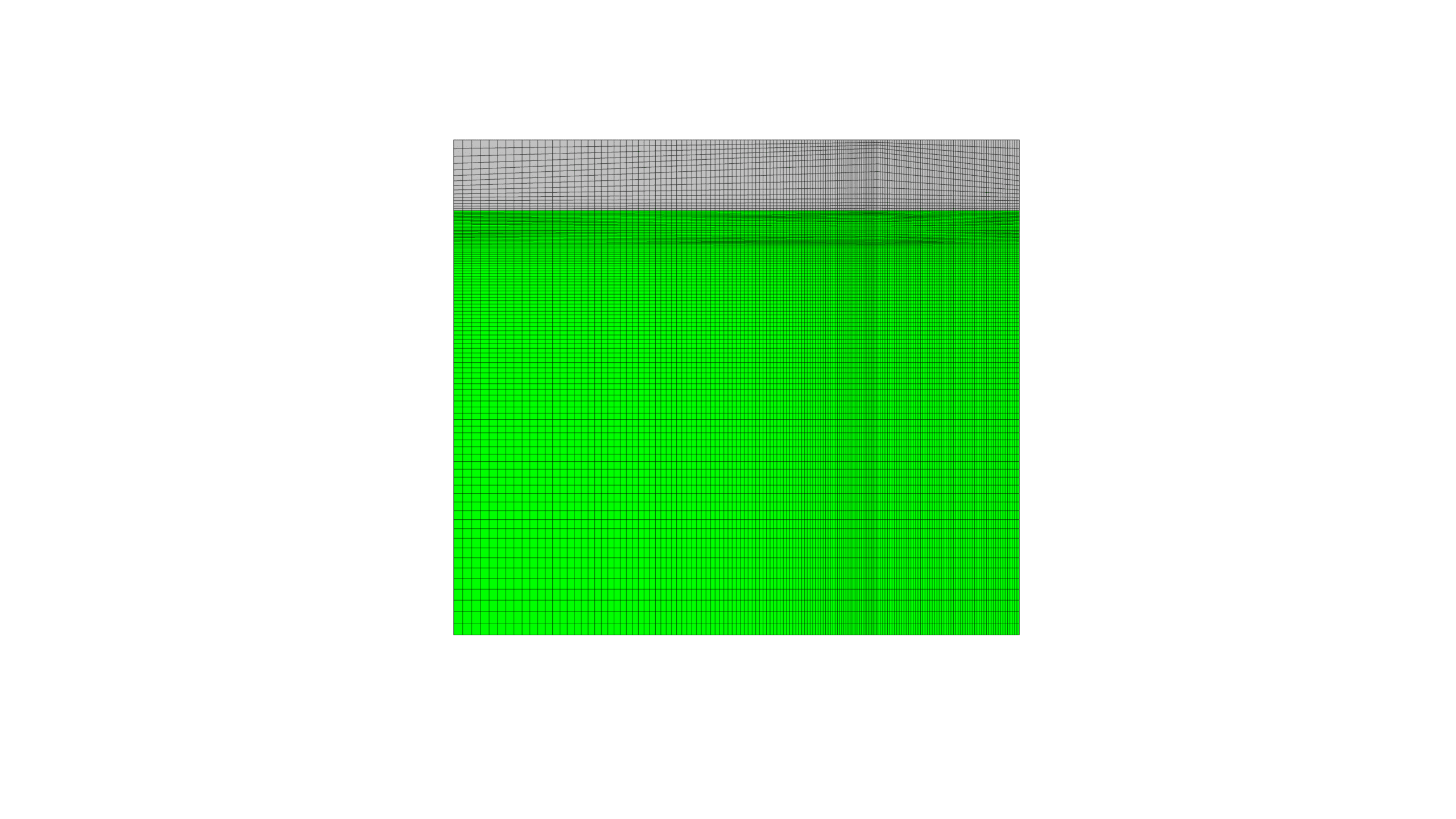
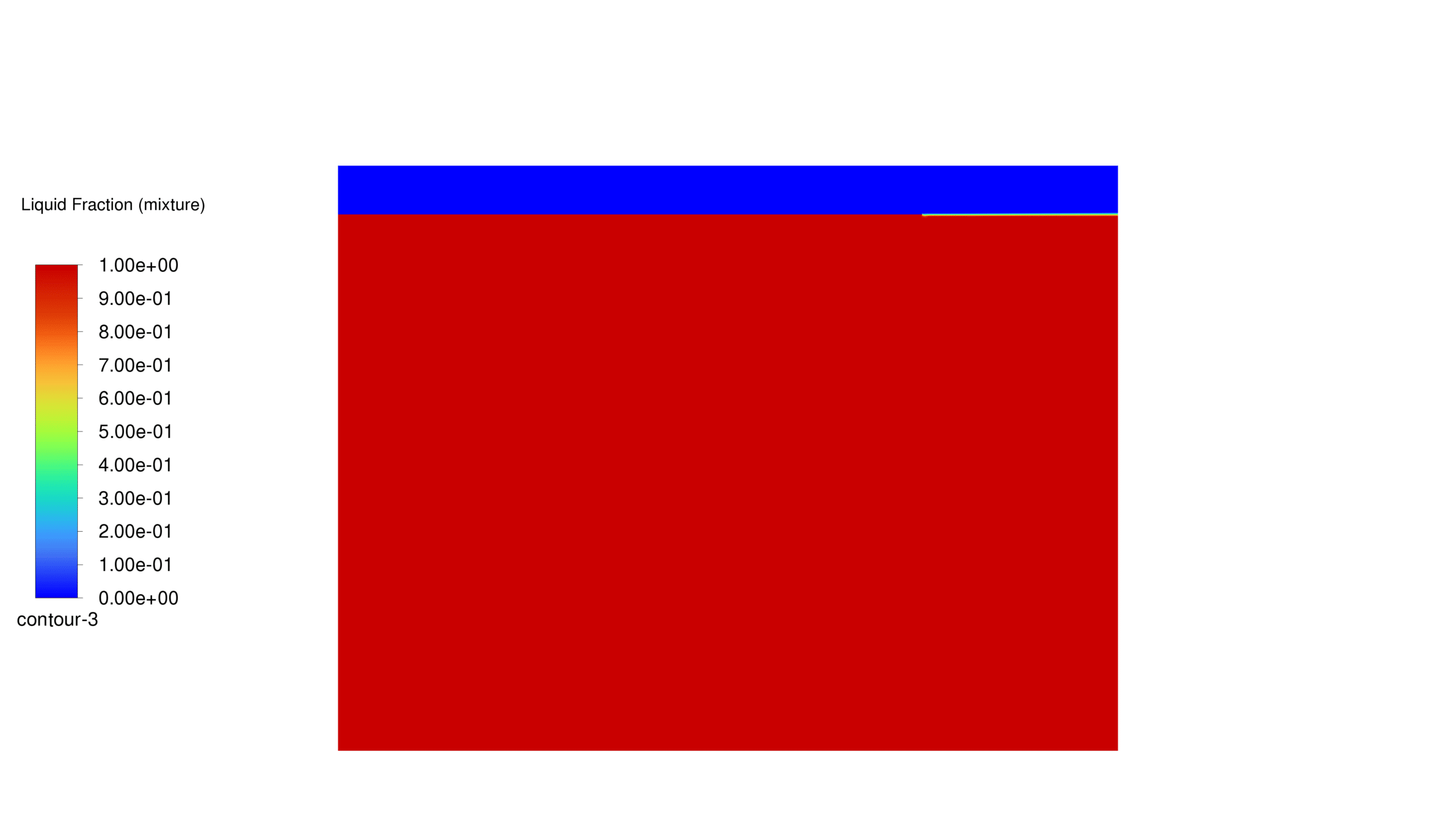


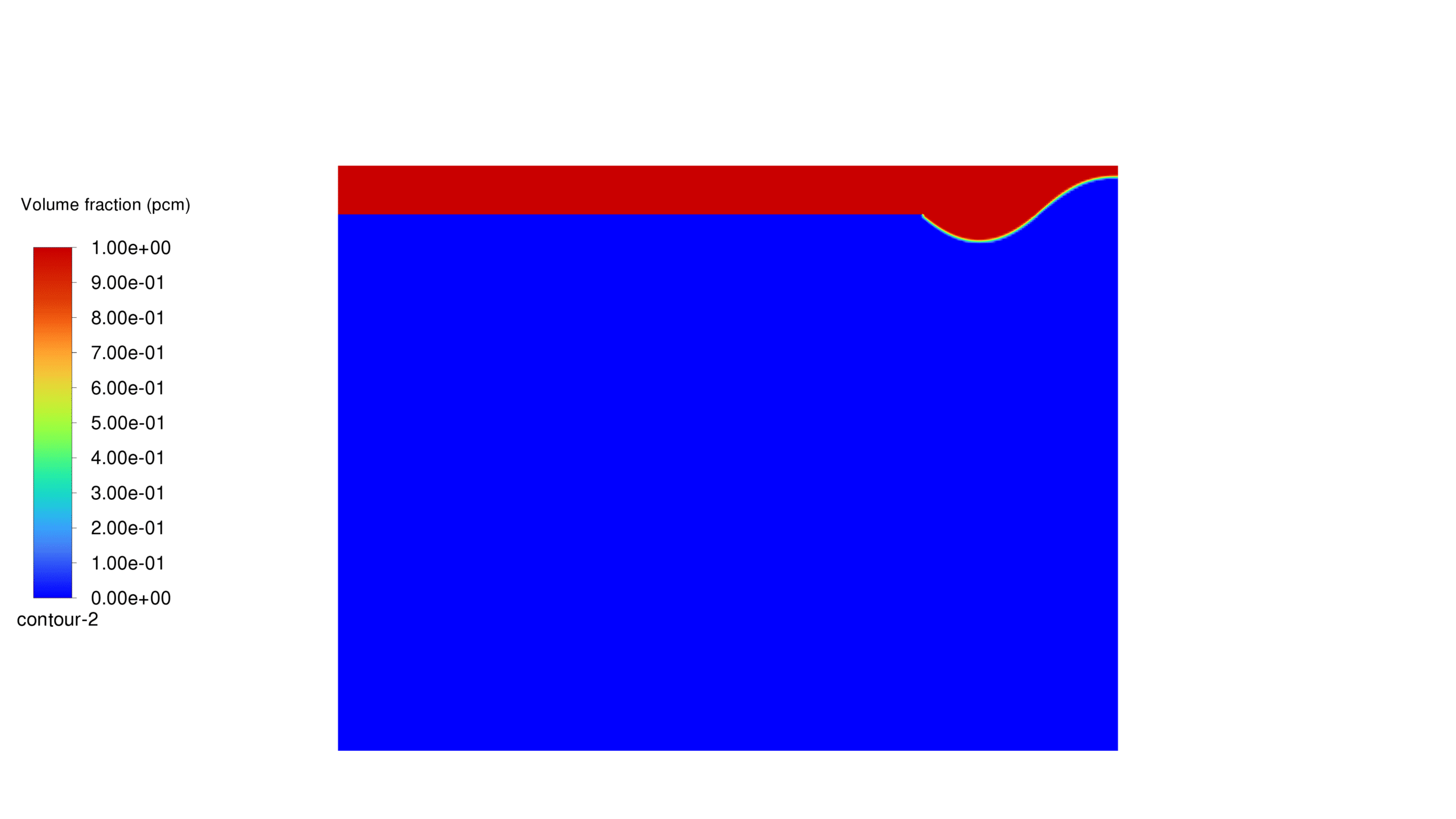
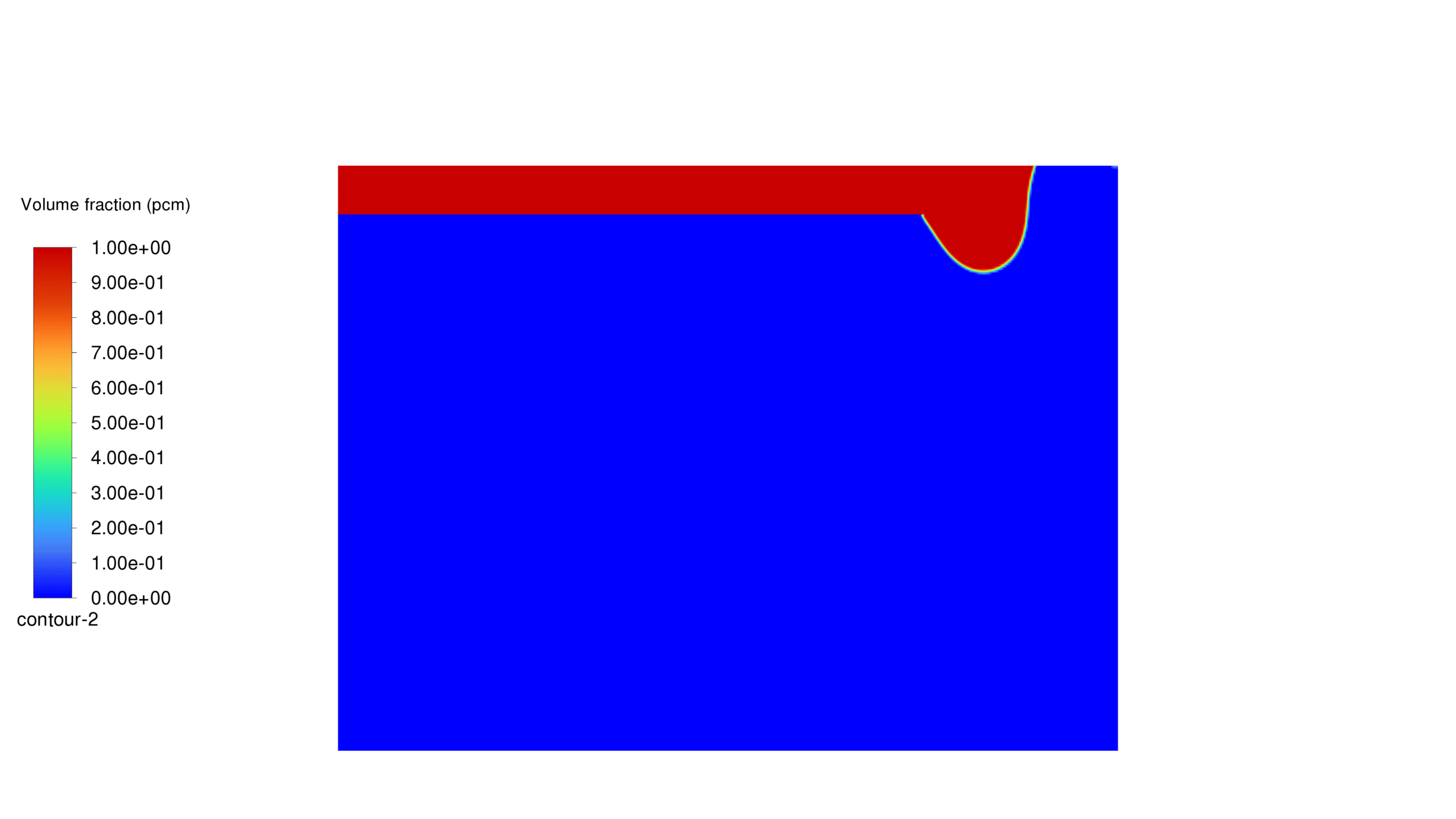
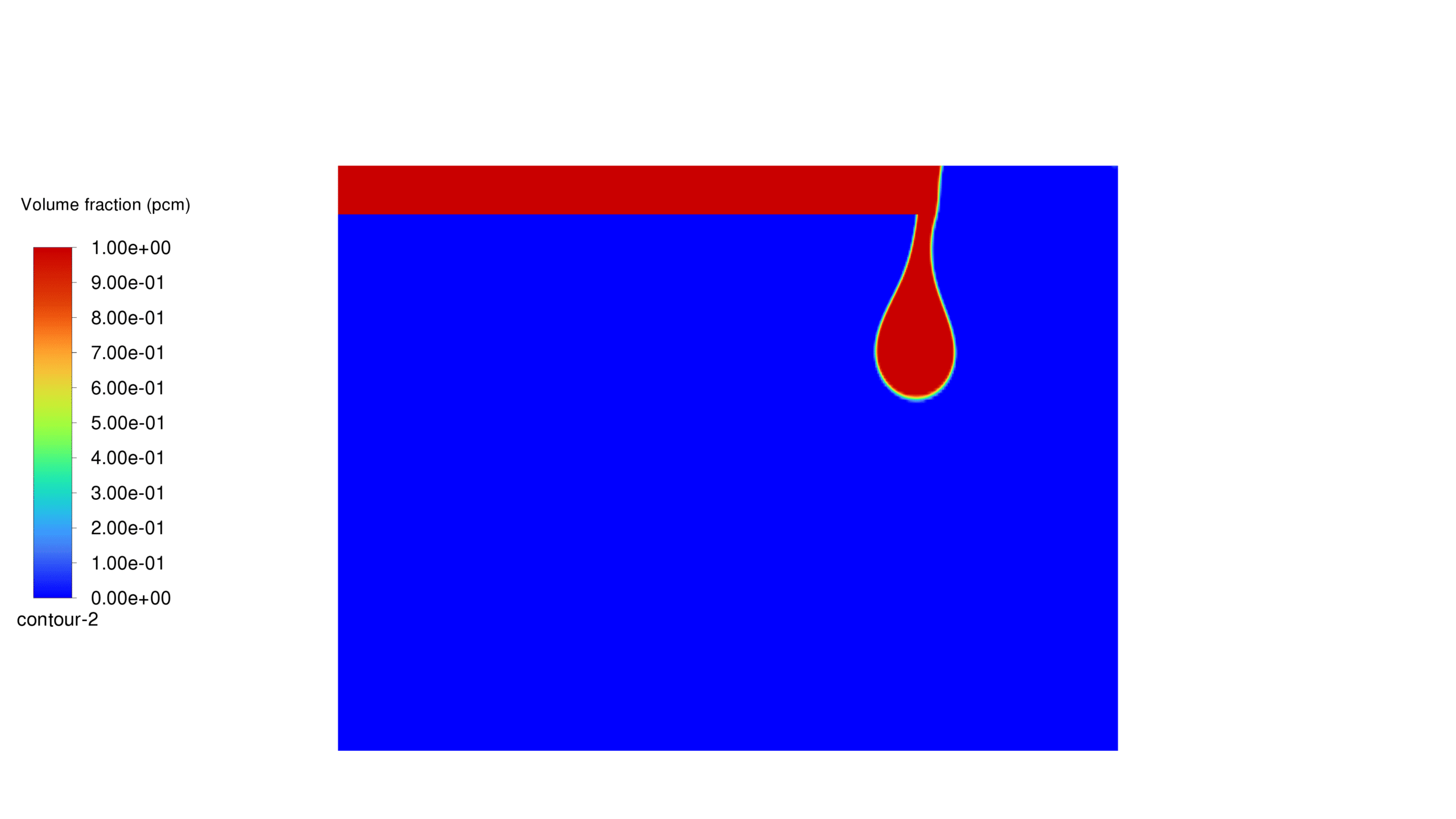
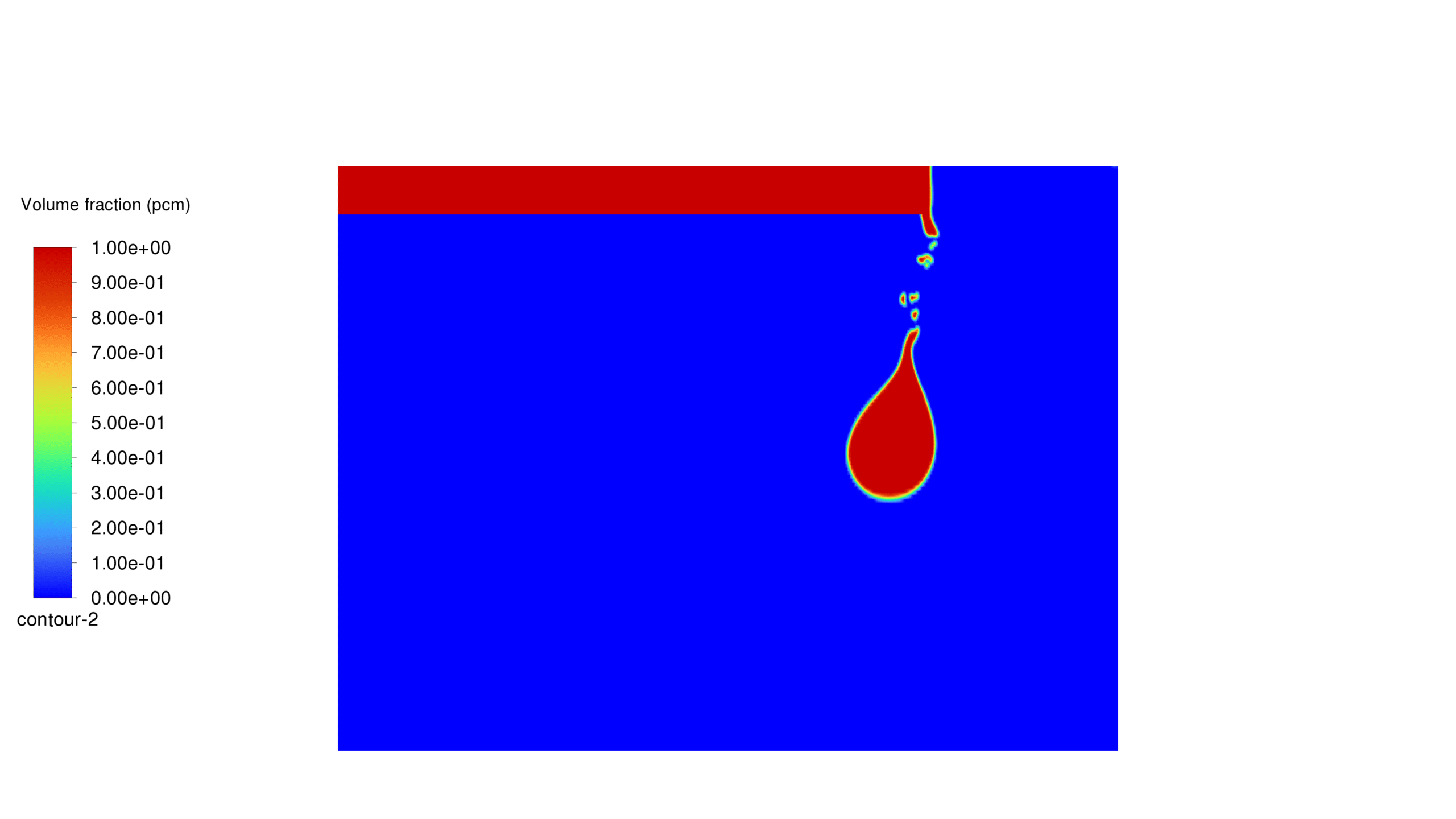
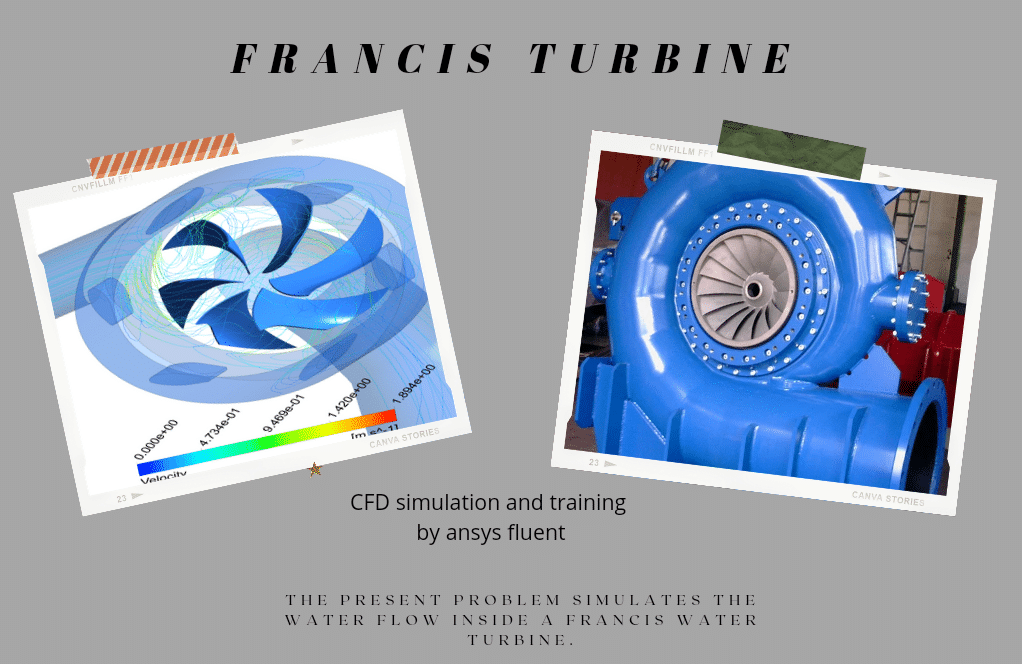


Reviews
There are no reviews yet.